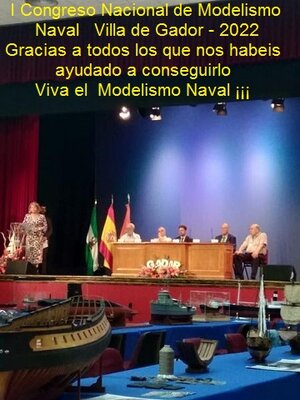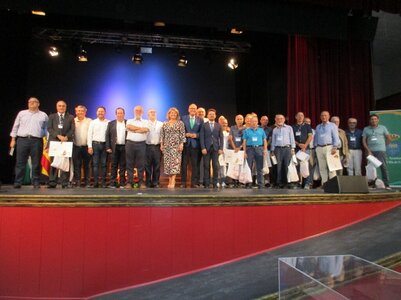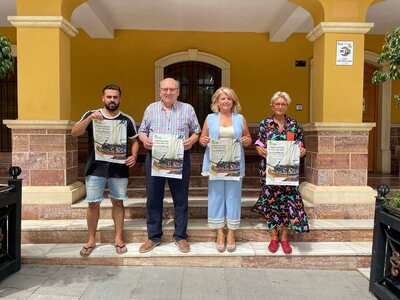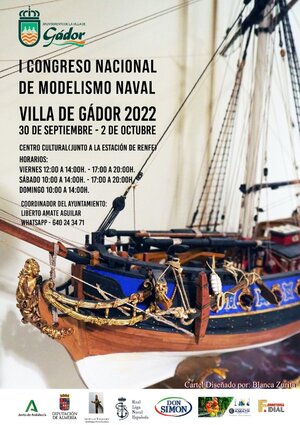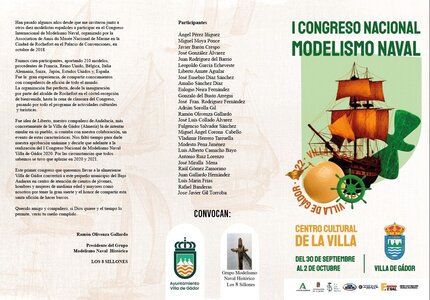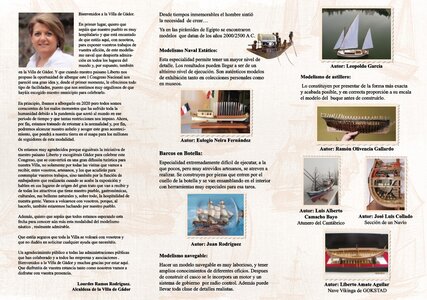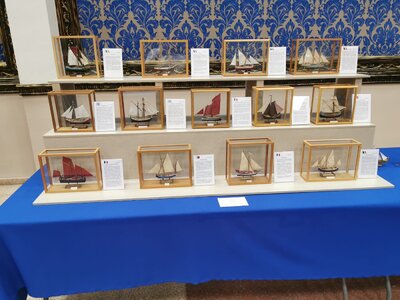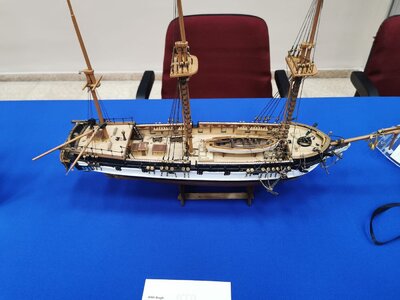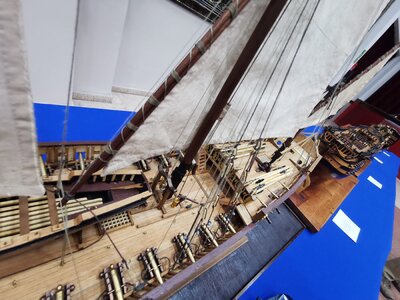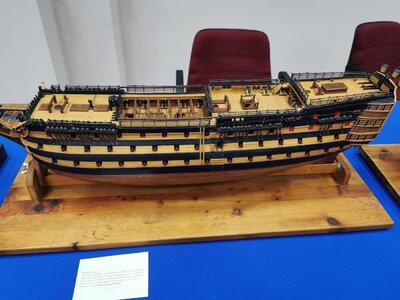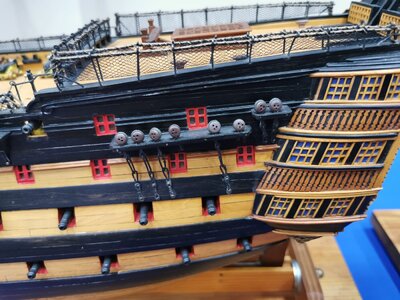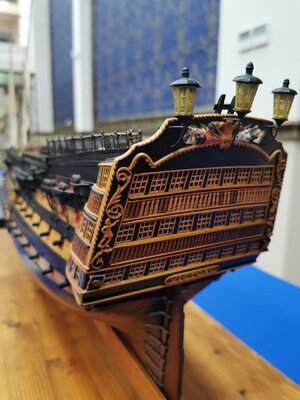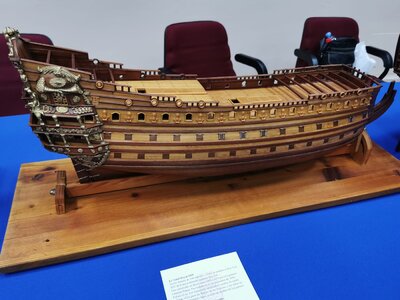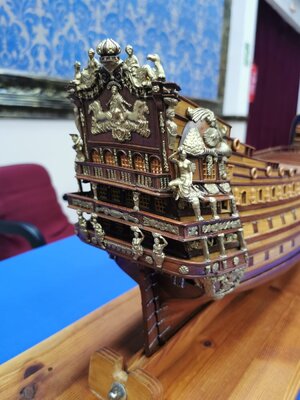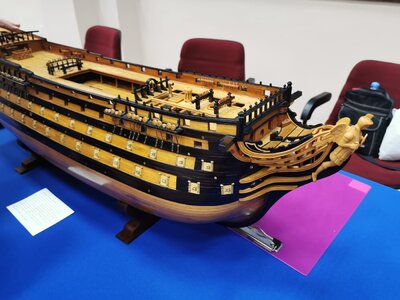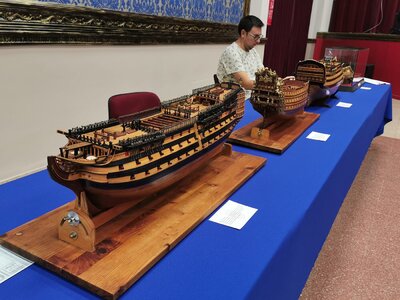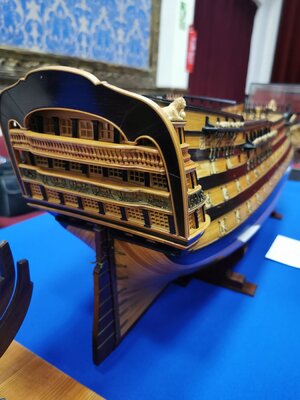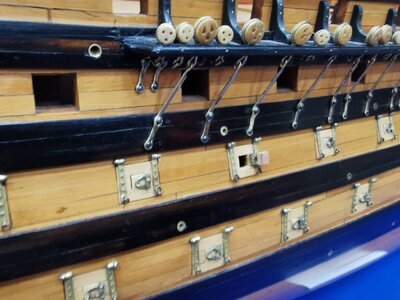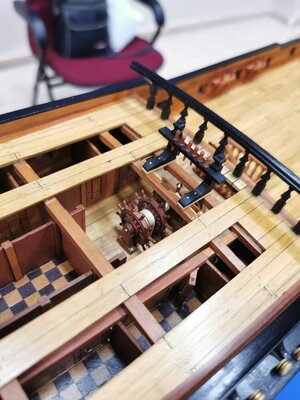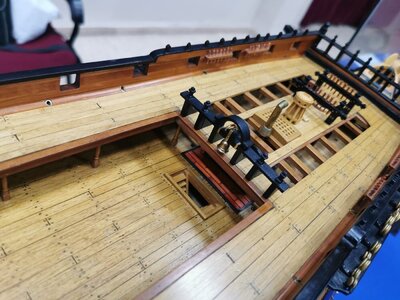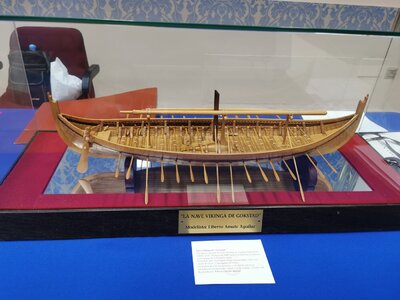Buenos días… espero que todos se encuentren bien.
Paso unas imágenes de los adelantos que se van produciendo, las portas las tengo ajustadas y enumeradas, a falta de ir colocando los herrajes.
El pequeño útil que he preparado para simular las cabezas de los clavos, es bastante rápido y no seria problema aumentar o disminuir el diámetro de las cabezas…
Para las pletinas de las bisagras, utilizo alambre cocido (dulce) latón de 1mm, y lo aplano sobre este pequeño yunque… hacerlo es algo complicado, pero es cuestión de practicar un poco.
una vez aplanada y con la medida que necesito 1,7m/m, le paso un pequeño disco de silicona, y elimino las marcas que pudieran haber dejado los golpes de martillo…
Es normal que los golpes de martillo, temple la pletina, para convertirla y hacerla nuevamente dulce y maleable, las caliento con mi soplete… lo suficiente como para que cambie de color…ya estaría preparada y podríamos hacer las embuticiones y doblados que precisemos…
Transformar este alambre de latón en 2 bisagras para una puerta, teniéndolo todo preparado, se puede tardar unos 15 minutos incluido el embutido de las cabezas.
Ya seguiremos... cuidaros mucho¡¡¡
Liberto
Nota: La imagen Nº 003 JPG esta tomada del libro San Juan Nepomuceno. Autor - Alejandro Yáñez Barea
***
Good morning... I hope everyone is well.
I have some images of the advances that are taking place, I have the doors adjusted and numbered, in the absence of placing the hardware.
The small tool that I have prepared to simulate the heads of the nails, is quite fast and it would not be a problem to increase or decrease the diameter of the heads...
For the hinge plates, I use 1mm brass wire, and I flatten it on this little anvil... it is a bit complicated, but it is a matter of practicing a little bit.
once flattened and with the measure that I need 1,7m/m, I pass a small disc of silicone, and I eliminate the marks that could have left the blows of hammer...
It is normal that the blows of hammer, temper the plate, to turn it and to make it again sweet and malleable, I heat them with my blowtorch... enough so that it changes color... it would already be prepared and we could make the embuticiones and bent that we need...
Transforming this brass wire into 2 hinges for a door, having everything ready, can take about 15 minutes including the drawing of the heads.
We will continue... take care of yourselves very much!
Liberto
Note: The image Nº 003 JPG is taken from the book San Juan Nepomuceno. Author - Alejandro Yáñez Barea
Translated with
www.DeepL.com/Translator (free version)
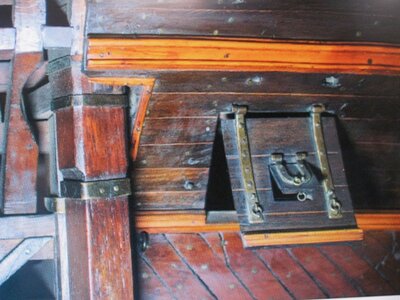
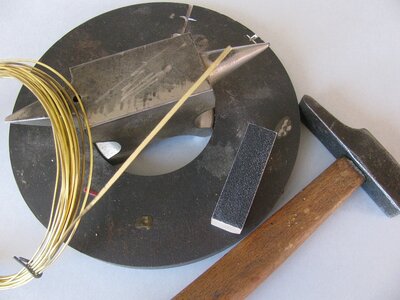
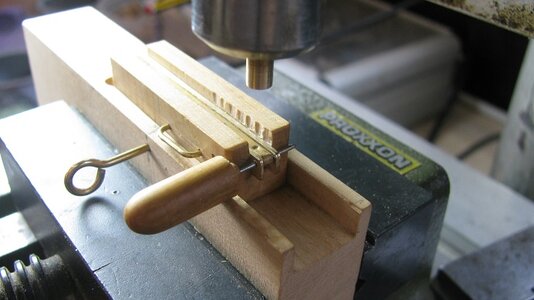

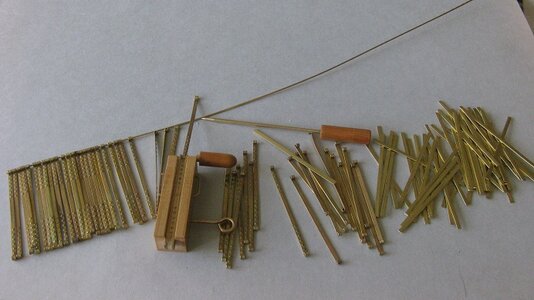
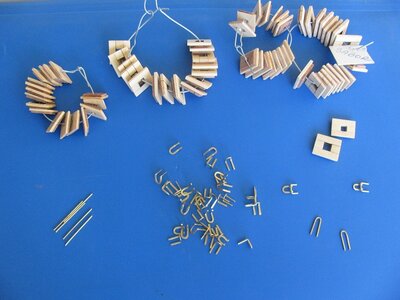





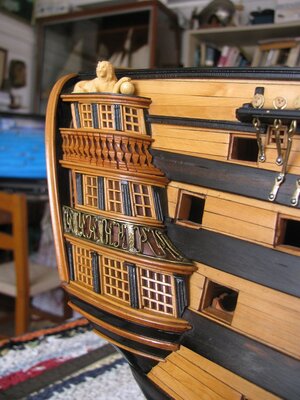
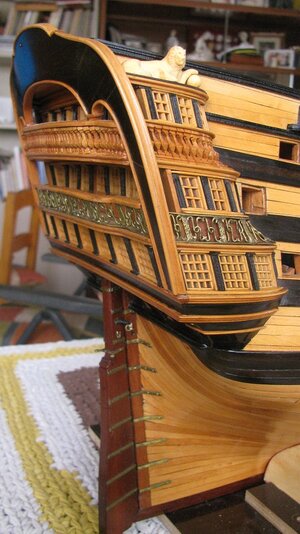
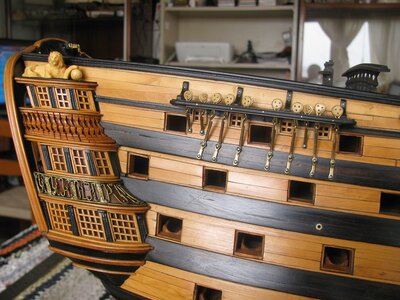
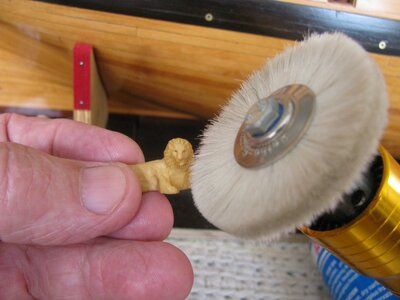
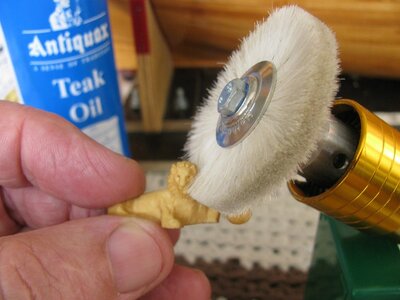
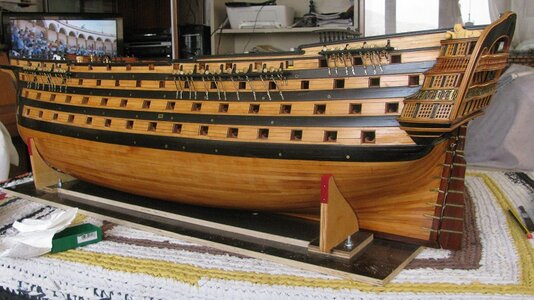
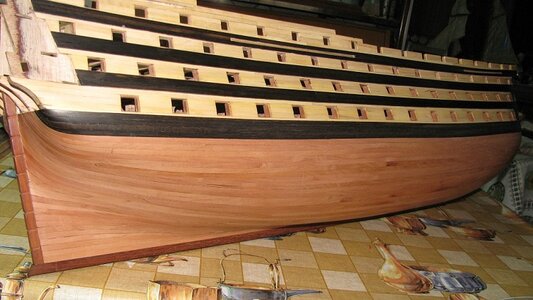
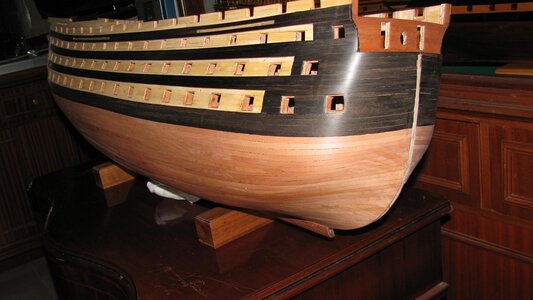
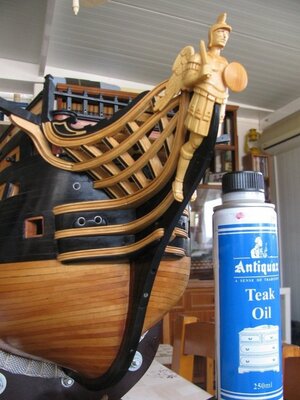

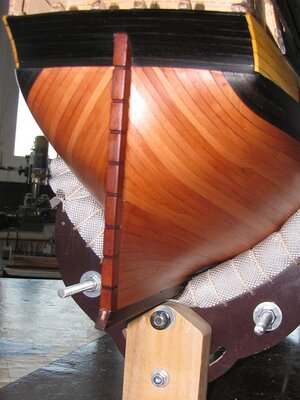
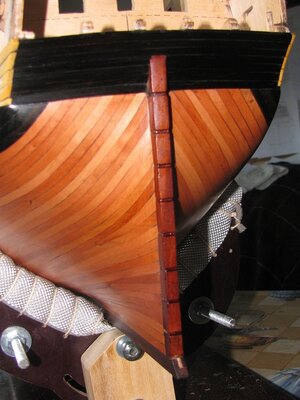
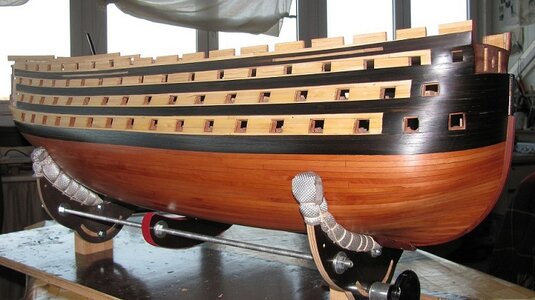
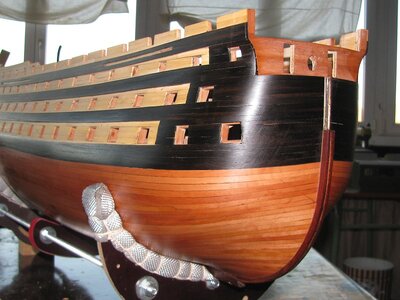







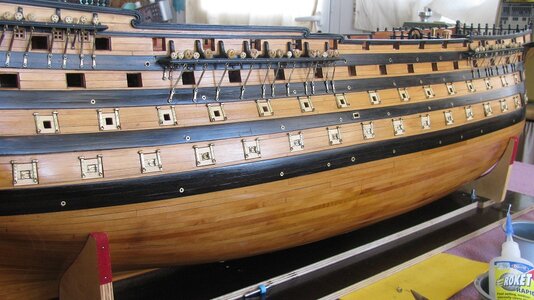
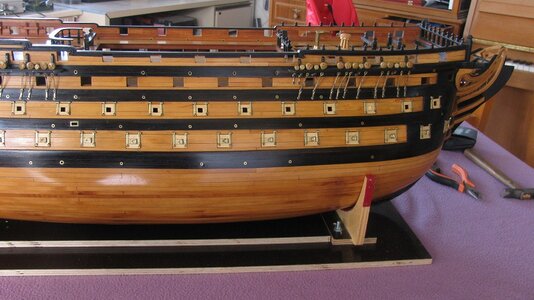
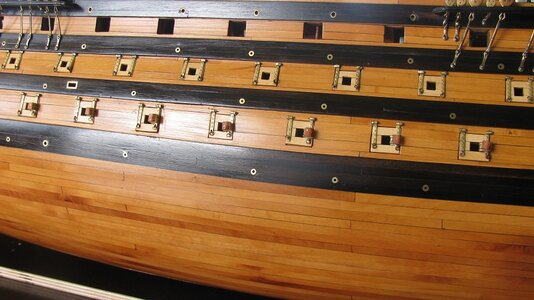
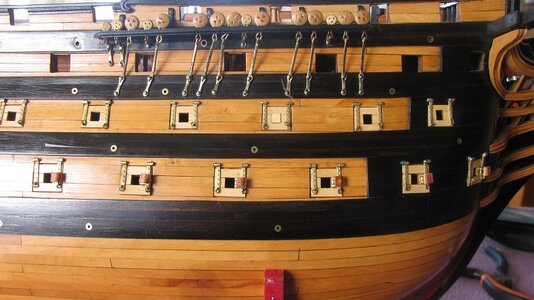
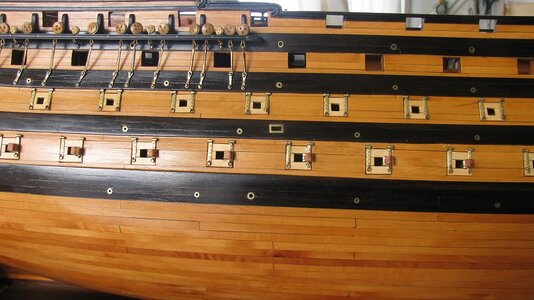
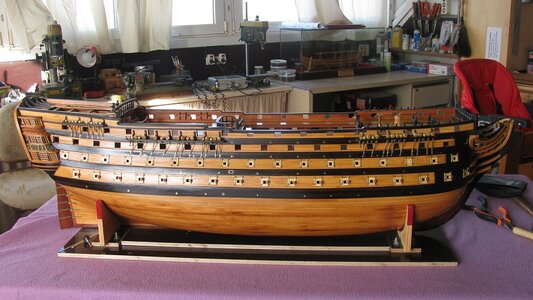

 www.facebook.com
www.facebook.com
